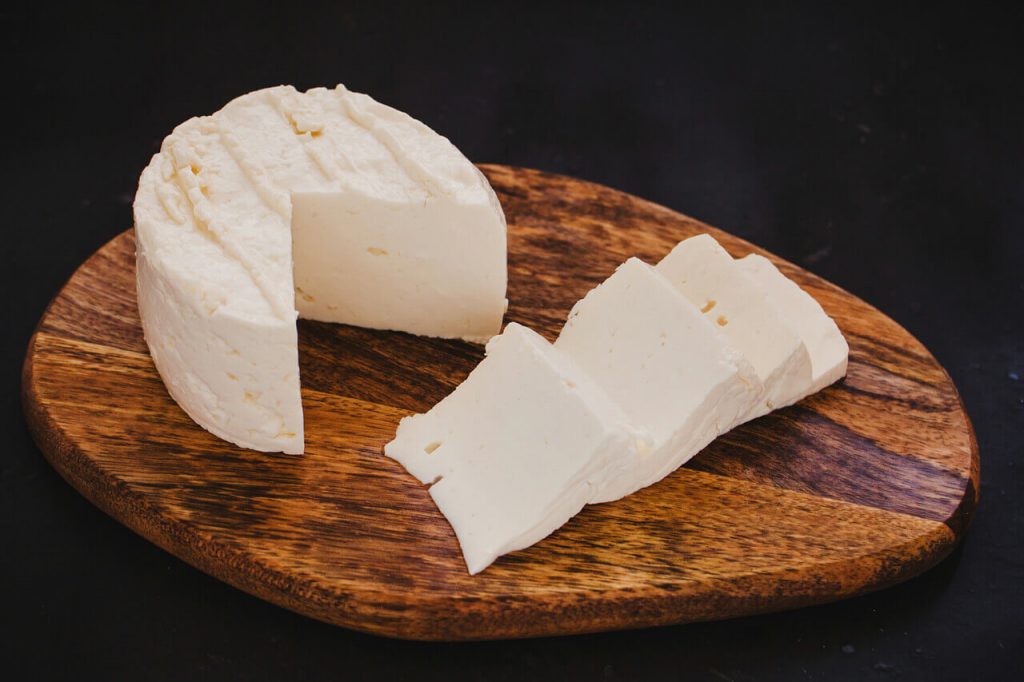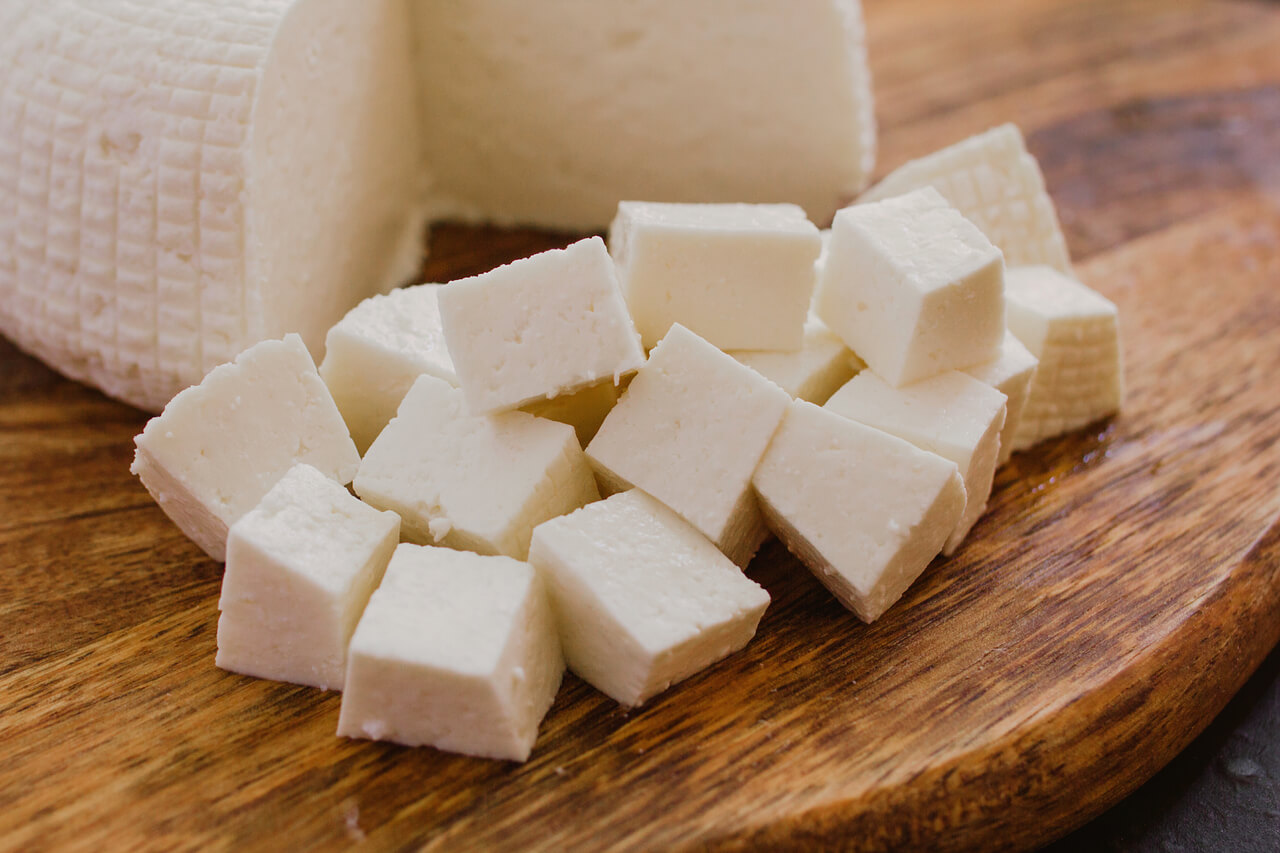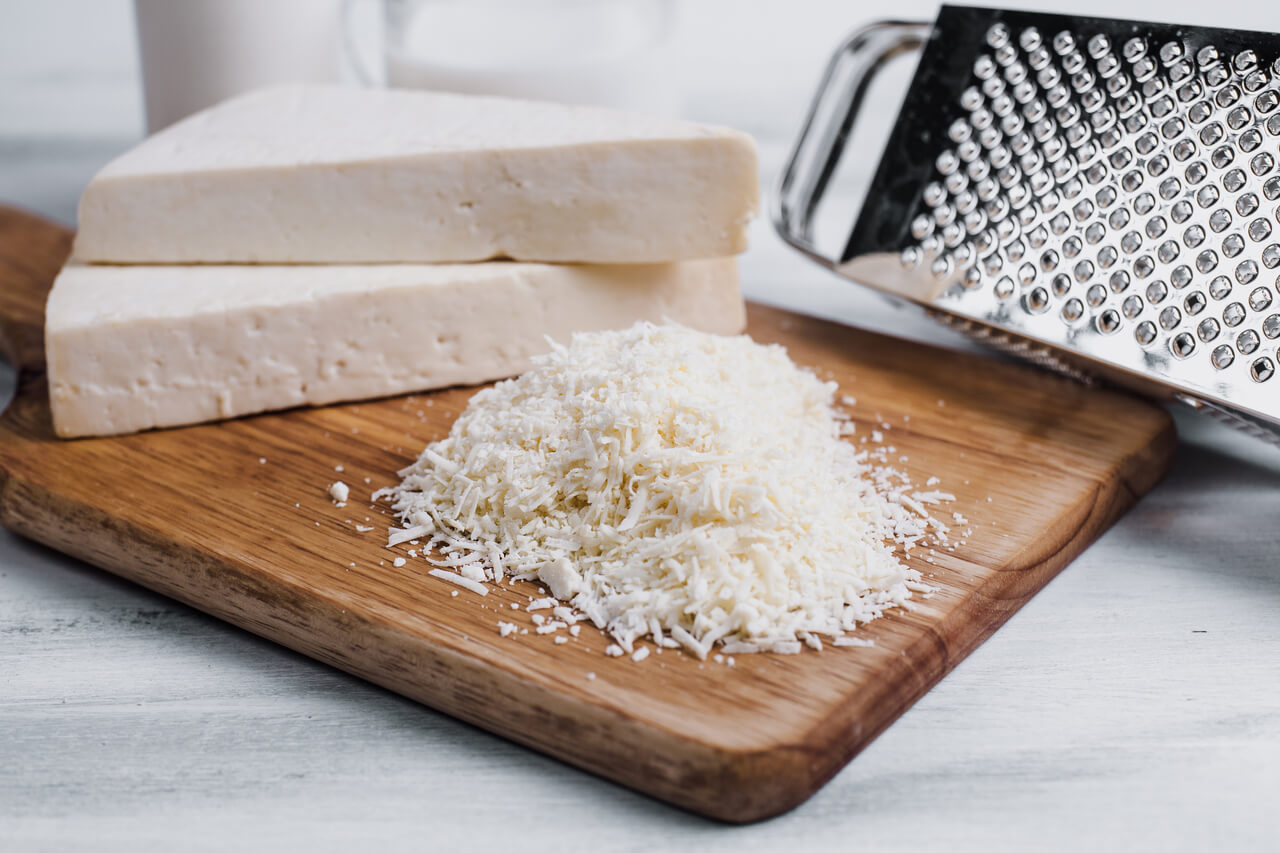
A true cheese lover knows their way around the best cheeses in the world from cheddar to Parmesan, raclette, and more. But besides these Italian cheeses, a few Mexican cheeses have also grown in popularity. This is because of Tex-Mex cuisine, where cheese is used to make the signature gooey Tex-Mex dip.
Now, when it comes to the best queso, the best sorts include queso fresco and Cotija. Both are a sort of white cheese, but how exactly are they different? Know the difference between queso fresco vs Cotija in this article! We’ll also take a closer review of how you can use them in dishes, how they taste, and how to substitute one with the other.
Cotija Cheese vs Queso Fresco: Differences Listed!
Before all else, what is queso fresco? Literally translating to “fresh cheese”, queso fresco is a sort of Mexican white cheese. It has a soft but crumbly and elastic texture that is comparable to soft cheeses. Some of the few that resemble queso fresco are feta, ricotta, and cottage cheese, which browns but doesn’t melt.

Queso Fresco

Cotija Cheese
On the other hand, Cotija cheese is a sort of white hard cheese that originated in Mexico. It got its name after the town of Cotija, Michoacán. If you want to compare it to another popular cheese, it is said that it’s comparable to Parmesan in texture. When it’s young though, the texture is quite similar to feta. The more it ages, the more it gets firm and dry in texture. Like its Italian counterpart, this cheese is for grating and sprinkling on salads, enchiladas, and tostadas.
Now, here are the differences between these two Mexican cheeses:
They’re Made With Different Ingredients
Queso fresco and Cotija look almost exactly alike when you happen to glance at them the first time. But they’re actually made with different ingredients.
To be exact, queso fresco is traditionally made from raw cow’s milk or sometimes a combination of cow and goat’s milk. Cotija, on the other hand, is made from cow’s milk. Still, both feature a mild flavor that is somewhat similar but different.
Queso Fresco Has a Milder Flavor Than Cotija
Because they’re made with different ingredients, their flavors also vary. Queso fresco has a tangy flavor that’s somewhat similar to fresh mozzarella cheese. Besides the tangy flavor, this cheese also has a smoother and saltier bite than goat cheese. Overall, queso fresco is mild with a light milky flavor that suits salads and most Mexican foods. You can add this crumbly Mexican cheese to enchiladas, tacos, and egg and bean dishes where a cheesy accent can elevate them.
On the other hand, Cotija adds a bolder flavor that’s a bit saltier than queso fresco. But like the latter, Cotija is also milky in flavor. That is why Cotija is also a popular queso fresco substitute for a lot of dishes.
Queso Fresco Has Softer Texture Than Cotija
The longer a cheese is aged, the harder and firmer it gets, ultimately giving it a bolder, richer, and more complex flavor profile. Since queso fresco is unaged, it has a soft and moist but crumbly texture that’s best sprinkled over salads in place of feta and other soft cheeses.
Contrarily, Cotija is known as a grating cheese. This means that Cotija has a firm and compact texture that allows them to be grated and shaved then sprinkled over dishes. Since their texture is quite similar, you can think of Cotija as the Parmesan of Mexican cuisine. However, it doesn’t melt quite as well as Parmesan.
READ ALSO: 12 Best Cheese Graters For Cheese Lovers
Cotija Is a Good Substitute for Queso Fresco
Cotija and queso fresco are similar in some aspects in the way that they are a sort of white cheese made from cow’s milk. But sometimes they also contain a combination of cow and goat’s milk for queso fresco’s case. This leads us to one question: can you substitute Cotija for queso fresco? Yes, of course! In fact, it’s not only a good alternative but Cotija is one of the best substitutes for queso fresco because they almost have the same flavor profile.
As already mentioned, both have a milky flavor but Cotija has a slightly bolder and saltier flavor than queso fresco. Still, you can employ Cotija as a substitute for queso fresco in a 1:1 ratio in some dishes where a salty taste is important. For milder dishes like salads, you can slightly reduce the amount or as preferred.
In this regard, queso fresco is also a good substitute for Cotija. But since queso fresco is milder and has a less salty taste, you may have to add more cheese or salt to compensate.
Cotija Has Longer Shelf Life Than Queso Fresco
Unfortunately, though, homemade queso fresco only lasts for about 3 days to 1 week (if refrigerated). Queso fresco does not contain preservatives like other types of chees. That said, the queso fresco is always consumed fresh, hence its name.
If you want to stock up your pantry, opt for the store-bought queso fresco which can last for about 2 months given that it’s stored in an airtight container and refrigerated. The store-bought version is usually vacuum-sealed, hence its longer shelf life.
On the other hand, fresh Cotija cheese lasts for as long as 1 month in the fridge. You can keep aged Cotija for as long as 3 months.
Uses of Queso Fresco and Cotija in Cooking
-recipe-1024x683.jpg)
When heated, queso fresco and Cotija soften. However, they do not melt like Parmesan and mozzarella; they only brown. Because they don’t melt quite well like other cheeses, they are often used as a topping or a filling for some of your favorite Mexican dishes.
Like feta and ricotta, queso fresco and Cotija are crumbled and sprinkled on top of enchiladas, chile rellenos, egg dishes, chili recipes, and this grilled Mexican corn elote.
Besides adding them to your favorite Mexican dishes, you can also use queso fresco and Cotija as a salad topping in place of feta and ricotta cheese. Or you can use them as a garnish for cold gazpacho soup, in a warm tortilla, and this hearty black bean soup. When grated and sprinkled, queso fresco will give these soups a mild and milky flavor.
There are endless possibilities to incorporate these Mexican cheeses into your menu. In general, you can use these cheeses as a garnish or as an additional creamy flavor to dishes.
Delicious Mexican Recipes With Queso Fresco and Cotija

Those who have tried Mexican cheeses like queso fresco and Cotija know they are more than a match for the well-known Parmesan and feta cheese. Explore different ways you can incorporate them into your dishes.
If you don’t know where to start, below is a short list of queso fresco and Cotija cheese recipes you can try at home!
- Chilaquiles Rojos – Chilaquiles rojos is a classic Mexican breakfast that includes corn tortilla chips, enchilada sauce, and then topped with egg, radish, cilantro leaves, and crumbled cheese. Use either Cotija or queso fresco to give the dish a fresh, creamy bite that’s a nice contrast to the spices.
- Creamy Corn Soup with Queso Fresco – This corn soup is filled to the brim with creamy flavor from the milk and sour cream. Meanwhile, queso fresco or Cotija complements potatoes and corn in cheesy goodness!
- Mexican Spinach and Lime Soup – This lime soup recipe highlights the flavor of Mexican cuisine by adding the earthy bitterness of spinach, ground cumin, and coriander. Adding a splash of lime, cilantro, and crumbled Cotija cheese will certainly brighten this dish!
- Mexican Tostadas De Pollo – Mexican tostadas de pollo is a snack that uses tortilla as its base. On top of its tortilla base sits beans, shredded chicken, lettuce, sour cream, and crumbled cheese such as Cotija or queso fresco for a creamy and cheesy tostada.
Cotija vs Queso Fresco: Their Differences Summarized!
Because they are a sort of white cheese made in Mexico, queso fresco and Cotija are often confused with one another. They have similar uses in Mexican dishes: as a topping or as a filling for tacos and enchiladas.
However, there are differences in their flavor and texture that make it easier for you to differentiate them.
- Queso fresco has a milder flavor and subtle tang similar to mozzarella so it is better suited for light salads and dishes.
- Meanwhile, Cotija cheese has a sharper and saltier flavor that complements bold flavors well.
- You can use both in place of each other due to their similarly light and milky taste.
- Besides their flavor, each cheese also varies in texture which comes in handy for some recipes.
- Queso fresco resembles feta cheese as it is crumbly and soft.
- Meanwhile, Cotija has a drier and firmer texture as it ages much like Parmesan.
- The aging quality of Cotija also gives it a longer shelf life than the queso fresco.
Now, queso fresco vs Cotija, which is better? Both are just as tasty as the well-loved Italian cheeses that are far more popular. Try it on your favorite Mexican dishes and find out just how versatile these cheeses are!
Was this page helpful?
Read Next: 15 Traditional Greek Desserts You Should Try










